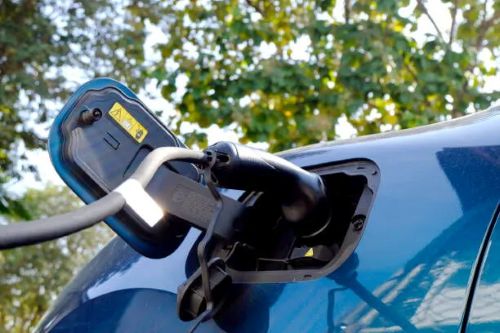


Understanding the Key Differences Between Type 1 and Type 2 EV Chargers
As a leading China EV charger manufacturer, Topper Company provides dependable electric vehicle charging stations and comprehensive solutions tailored to meet the needs of modern electric mobility.
As electric vehicles (EVs) become more common, understanding the different types of chargers available is essential. Two of the most common chargers are Type 1 and Type 2, each with distinct features and regional preferences. This article explores the differences between Type 1 and Type 2 chargers, including their design, charging capabilities, and where they are typically used.
Type 1 chargers are most commonly used in North America and parts of Asia. They use a 5-pin connector known as the SAE J1772 standard, designed for AC (Alternating Current) charging. Typically, Type 1 chargers offer a charging speed of up to 7.4 kW when using single-phase power.
The Type 1 connector has a circular shape with five pins: two for power, one for ground, and two for communication between the vehicle and the charger. One limitation is the lack of an automatic locking mechanism, which means the plug can be dislodged during charging if not properly secured.
Type 1 chargers are ideal for home charging due to their moderate charging speeds, though they aren’t suitable for rapid public charging. They are mainly found in electric vehicles such as the Nissan Leaf (earlier models), Mitsubishi Outlander PHEV, and Chevrolet Volt.
The Type 2 charger, commonly used in Europe, features a 7-pin connector that supports both single-phase and three-phase AC charging. This gives it a significant advantage over Type 1 by offering faster charging speeds.
The Type 2 connector has an oval shape with seven pins, including three for phase power, one for neutral, one for ground, and two for communication. One of the key benefits of the Type 2 connector is its automatic locking mechanism, which ensures a secure connection during charging.
Type 2 chargers can deliver up to 22 kW of charging power when using three-phase power, making them ideal for faster public charging, especially in Europe where three-phase power is more common. These chargers are compatible with most modern European EVs, such as the BMW i3, Audi e-tron, and Volkswagen ID.4.
| Feature | Type 1 | Type 2 |
|---|---|---|
| Connector Design | 5-pin, circular with no automatic locking. | 7-pin, oval design with integrated locking mechanism. |
| Charging Speed | Single-phase AC, up to 7.4 kW. | Single-phase and three-phase AC, up to 22 kW. |
| Regional Use | Common in North America and parts of Asia. | Standard in Europe, increasingly used globally. |
| Safety Features | External clip required for secure connection. | Automatic locking for safety and security. |
The choice between Type 1 and Type 2 depends on your location and needs:
Type 1 is ideal for EV owners in North America and Asia, where single-phase power is more common and charging needs are generally slower.
Type 2 is better for those in Europe or anyone needing faster charging speeds, especially in public charging stations.
Understanding the differences between Type 1 and Type 2 chargers is crucial for making informed decisions about EV charging infrastructure. Type 1 chargers are typically used for home charging in regions like North America, while Type 2 chargers offer faster charging and are the standard in Europe. As the global EV market continues to grow, Type 2 chargers are becoming more dominant worldwide.Know more about Google SEO Directory
